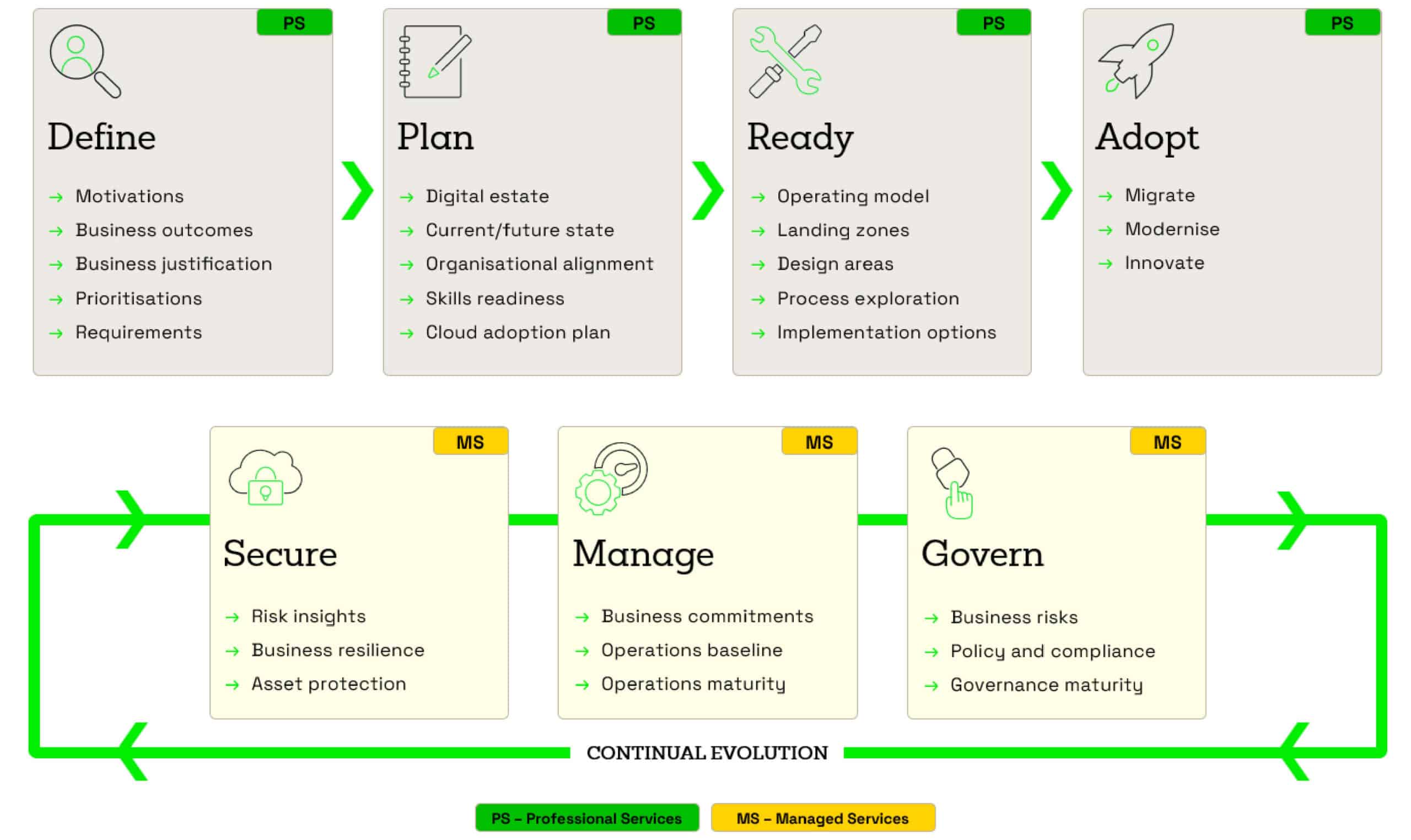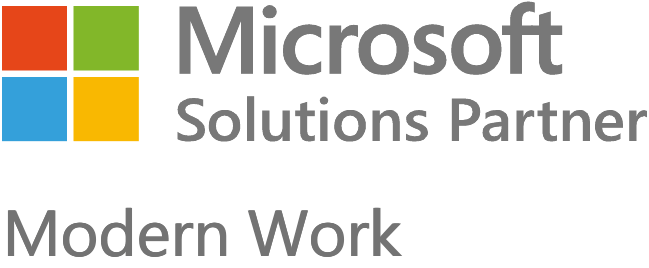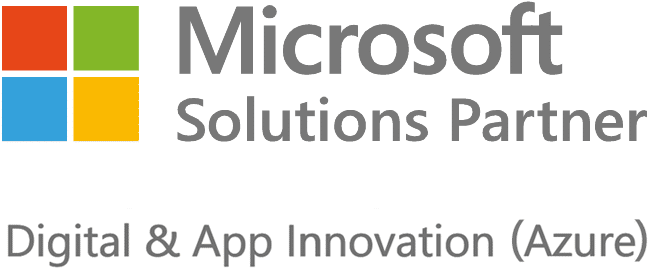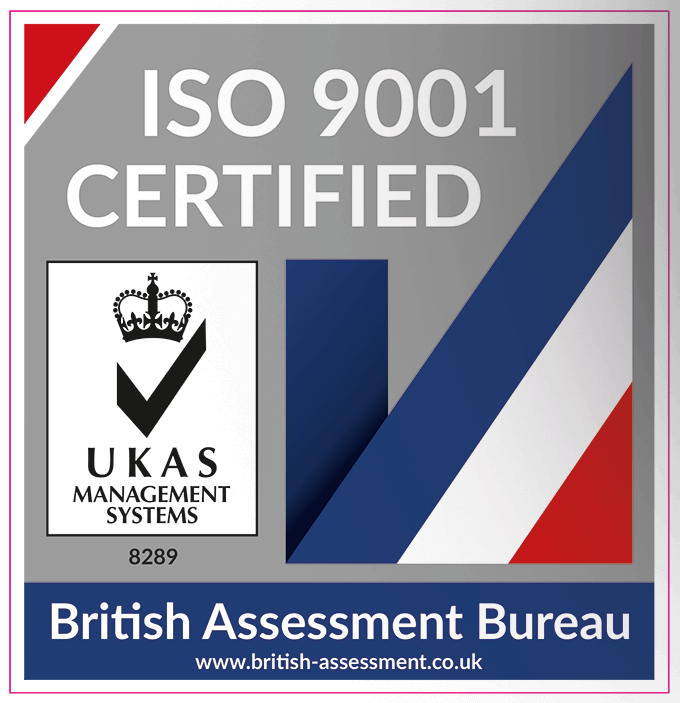Technical debt drains resources, stalls innovation, and kills the value in your cloud transformation strategy. Discover a smarter way to rebuild for scale, security and long-term success.
We know the technical debt debate can often cause a tension within organisations.
There’s a recognised need to modernise, to fully unlock the potential of automation, new cloud technologies, and AI-readiness. And yet this can be hampered by architectural constraints, operational complexity, or maybe even an aversion to risk.
That fear of letting go of what’s familiar. The worry that moving away from legacy systems will cause more disruption than benefit.
For many, switching off an old system can sometimes feel like turning off life-support.
But this is short-term thinking, and it comes at a cost.
From tolerable inefficiency to unacceptable constraint
Technical debt isn’t just a backlog or a budgeting nuisance. It’s an architectural bottleneck that bleeds value from transformation initiatives.
And it accumulates over time, often without being noticed.
Outdated applications embedded in legacy systems, built for challenges that no longer exist. Ageing infrastructure that’s stable (for now) but costly to maintain and risky to run. Quick fixes, postponed upgrades, partial migrations, and years of reactive upgrades.
The result is organisations find themselves weighed down by their legacy environments. Innovation stalls, security risks rise, budgets bleed out, and productivity suffers.

Technical debt cost the public sector £45 billion in lost productivity in 2024.
It slows down critical changes, creating complexity in systems that can’t easily scale, secure, or support modern demands.
Furthermore, it ties up skilled IT teams in firefighting rather than building. The effect of which is a heavy drain on budget, human resource, and opportunity. And it exposes organisations to operational and cyber risk that gets harder and harder to mitigate.
Every pound and hour spent on managing old technology is resource being diverted away from investment in improvements to operations, security, and customer experiences.

20-40% of IT budgets are spent maintaining ageing infrastructure.
But cost is only part of the story. Technical debt is also a trust issue. It erodes confidence in an organisation’s ability to deliver change.
It disconnects technology strategy from business goals. And it makes every future upgrade, migration, or innovation harder to justify – because the foundations can’t support it.


Free Video
Evolve your cloud strategy without disruption
See how you can gain a clear, practical roadmap for successful cloud modernisation with minimal disruption.
Download our webinar and discover how to:
- Overcome common cloud modernisation blockers
- Manage change while staying operational
- Control cloud costs and reduce security risks.
It’s not just about committing to cloud-first
While many organisations are already well on their way to cloud-first environments, alleviating technical debt isn’t just about adopting the cloud. It’s about how you adopt it.
Without the right strategy and architecture, many find they’re not really paying off the debt, but shifting it to new forms of complexity, inefficiency, and risk. Causing further frustration at the coal face, and likely exasperation on the board – unable to fathom why they’re not getting the returns they’d bargained for.
Maybe you’ve seen symptoms of this in your organisation? For instance:
- Sprawling, ungoverned SharePoint libraries in Microsoft 365
- On-prem identity models awkwardly extended to hybrid environments
- Lift-and-shift VMs in Azure, still running as if they’re on-prem – expensive, static, and hard to scale
- Duplicate toolsets for monitoring, backup, or security across teams
- Legacy apps containerised but still brittle and unsupported
- Manual scripts propping up cloud workflows instead of automation
- Unused Microsoft 365 or Azure services draining budget
These are symptoms of technical debt masquerading as modernisation.
On its own, cloud adoption can fall into the trap of just moving the issues to another place. Real cloud transformation is about rethinking how systems are architected, secured, and managed.
Eliminating complexity, not just relocating it. And letting you tap into the full potential of your technology investments.
Meaningful modernisation in Microsoft Azure
Solving technical debt isn’t about wholesale replacement. Nor is it a matter of simply shifting workloads to the cloud and hoping for the best. The organisations making real progress are doing so through structured, strategic frameworks designed to assess, prioritise, modernise, and operate with intent.
Organisations can start by moving critical workloads to the cloud, addressing the most fragile systems first, and continuing to modernise in manageable stages.
By adopting a lifecycle-based approach, technical debt can be managed as a continuous process rather than a one-time fix.
Which makes it possible to:
- Modernise with minimal disruption
- Align cloud investment with business value
- Build scalable operations that grow in step with demand
- Address security and compliance concerns proactively
- Improve agility without creating instability
This approach supports targeted change without putting core systems or business continuity at risk.
It also supports a culture shift. Away from reactive infrastructure spending and tactical workarounds. Toward platforms that are designed to evolve. And to deliver measurable outcomes over time.
EVOLVE: The pragmatic path to cloud modernisation
Did you know that Kocho is a leading Microsoft partner in secure cloud transformation and recipient of the Infra and Database Migration to Microsoft Azure specialisation?
This is, in no small part, thanks to our full-lifecycle transformation framework (EVOLVE), purpose-built for Microsoft environments.
Based on the Microsoft Cloud Adoption Framework – but extended through the hard reality of delivery – it offers a structured, outcomes-focused way to remediate technical debt and build future-ready platforms.
EVOLVE bridges the gap between theoretical frameworks and practical transformation. It adds:
- Debt-aware prioritisation that targets risk and opportunity where it matters most
- Tool-aligned architecture that matches Microsoft technologies to real-world constraints
- Cross-functional integration that aligns cloud platforms with business and operational models
Crucially, EVOLVE isn’t just about infrastructure. It spans strategy, security, operations, and governance – recognising that real modernisation happens when these elements move in sync.
What this looks like in practice:

By adopting this approach, every stage of the cloud journey is supported and, crucially, secured. From initial scoping and assessment through to sustainable operations, innovation, and governance maturity.
EVOLVE has been designed around the premise that every transformation in every organisation will be different. This means while it offers a practical framework upon which to structure the transformation and ongoing management, it offers the flexibility to accommodate the variances and complexities unique to any given enterprise.
Whether you’re starting from a single legacy application, a decades-old estate, mergers and acquisitions (M&A), or, as in the case of Hallo Healthcare, separations from legacy estates.

Hallo Healthcare Group: A seamless cloud migration and security infrastructure overhaul
Unlocking what’s next
It’s unlikely that technical debt will ever fully disappear. But it needn’t be a barrier to progress. That’s what our transformation approach is designed to achieve. And it’s why it continues to deliver outcomes for enterprises at every stage of their cloud journey.
If your organisation is facing mounting constraints from legacy systems – or struggling to turn cloud adoption into lasting change – it may be time to revisit the foundation. Not to restart, but to realign.
The most successful transformations aren’t defined by how fast you move, but how well your infrastructure supports where you’re going.
Want to find out more about Kocho EVOLVE? Watch our recent webinar or get in touch with our team to discuss how it could help your organisation.
Key takeaways
Technical debt creates barriers to innovation, security, and growth across the enterprise.
Many organisations mistake cloud adoption for transformation and carry their debt with them.
Outdated architectures and fragmented tools continue to drain resources and stall progress.
Real transformation requires a structured strategy that targets both risk and opportunity.
Kocho’s EVOLVE framework delivers a practical, outcome-focused path to modernisation.
EVOLVE bridges the gap between cloud strategy and real-world delivery.
Hallo Healthcare saved £11 million by partnering with Kocho for secure cloud transformation.


Free Video
Evolve your cloud strategy without disruption
See how you can gain a clear, practical roadmap for successful cloud modernisation with minimal disruption.
Download our webinar and discover how to:
- Overcome common cloud modernisation blockers
- Manage change while staying operational
- Control cloud costs and reduce security risks.

Great emails start here
Sign up for free resources and exclusive invites
Subscribe to the Kocho mailing list if you want:
- Demos of the latest Microsoft tech
- Invites to exclusive events and webinars
- Resources that make your job easier

Don't Miss
Great cloud transformation resources
























Got a question? Need more information?
Our expert team is here to help.








